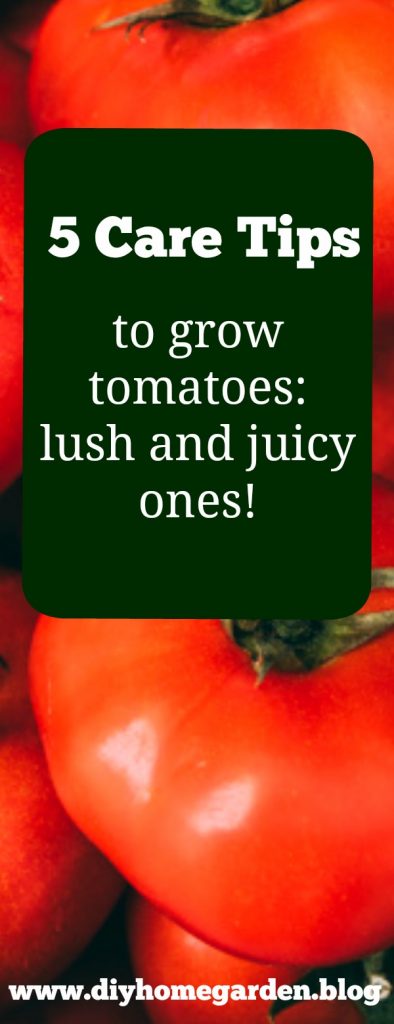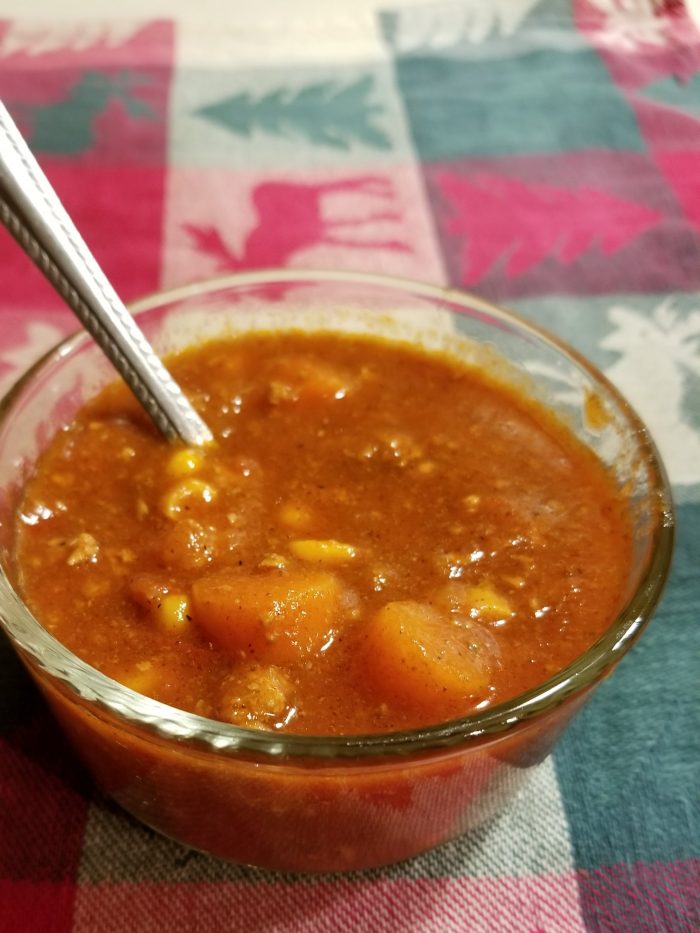It’s easier than you can imagine to freeze tomatoes.
Tomatoes are a staple in many kitchens around the world. But what happens when you have an abundance of these juicy fruits and can’t use them all before they spoil? The answer is simple – freezing tomatoes!
This guide will walk you through the process of how to prep and freeze tomatoes, ensuring you can enjoy their fresh taste all year round.
Why Freeze Tomatoes?
Freezing is a fantastic method for preserving tomatoes for several reasons:
- Ease and Convenience: Freezing tomatoes is a straightforward process requiring no special equipment. All you need is a freezer, a baking sheet, and freezer-safe bags or containers. This simplicity makes it an accessible option for anyone, regardless of their culinary skills.
- Preservation of Flavor: When adequately frozen, tomatoes retain much of their original flavor. This means you can enjoy the taste of summer-fresh tomatoes even in the middle of winter. They’re a fantastic addition to various dishes, including soups, stews, and sauces.
- Nutrient Retention: Freezing helps to preserve the nutritional value of tomatoes. They’re rich in vitamins A and C and the antioxidant lycopene. These nutrients remain largely intact during freezing, ensuring you reap their health benefits when you use the tomatoes.
- Reduced Food Waste: By freezing excess tomatoes, you prevent them from going to waste. This saves you money and contributes to a more sustainable food system by reducing waste.
- Versatility in Cooking: Frozen tomatoes can be used in various cooked dishes. The possibilities are endless, from pasta sauces and chili to casseroles and curries. Just remember, due to their texture after thawing, they’re not suitable for dishes that call for fresh, firm tomatoes.
- Year-Round Availability: Freezing tomatoes gives you a constant supply of this nutritious fruit all year round. This is particularly beneficial if you grow your tomatoes, as it allows you to indefinitely extend the harvest season.
Choosing the Right Tomatoes
The first step in freezing tomatoes is selecting the right ones. Choose ripe, firm tomatoes that are free from blemishes or signs of decay. Remember, the quality of your frozen tomatoes will only be as good as the fresh ones you start with.
Any variety of tomatoes will work in the freezer, from tiny cherry tomatoes to Big Boys. However, they will not be suitable for slicing after you freeze them.
Supplies for Freezing Tomatoes
Before you start the process, gather the materials you need for this project.
- Fresh Tomatoes: Choose ripe, firm tomatoes that are free from blemishes or signs of decay. The quality of your frozen tomatoes will only be as good as the fresh ones you start with.
- Knife: A sharp knife is essential for cutting away the stem and any damaged or bruised areas of the tomatoes.
- Cutting Board: You’ll need a sturdy cutting board to safely prepare your tomatoes.
- Baking Sheet: A baking sheet is used to freeze the tomatoes individually before transferring them to a freezer-safe bag or container. This prevents them from sticking together.
- Parchment Paper (optional): Lining your baking sheet with parchment paper can make it easier to remove the frozen tomatoes.
- Freezer-Safe Bags or Containers: Once your tomatoes are frozen, you’ll transfer them to a freezer-safe bag or container for long-term storage. Be sure to choose a bag or container that can be sealed tightly to prevent freezer burn.
- Permanent Marker: A permanent marker helps label your bags or containers with the date of freezing.
The process of freezing tomatoes is quite simple. In fact, you do not need to buy any special equipment. These supplies should be readily available in most kitchens.
Preparing the Tomatoes for Freezing
Before freezing, you’ll need to prepare your tomatoes. Start by washing them thoroughly under cold running water. Then, cut away the stem and any damaged or bruised areas.
Freezing Tomatoes, an Easy Process
With your tomatoes cleaned and ready, it’s time to begin freezing. Arrange the tomatoes on a baking sheet lined with parchment paper. Please ensure they are spaced out and not touching each other. This prevents them from freezing together and makes it easier to use individual tomatoes later on.
Place the baking sheet in the freezer and let the tomatoes freeze until they are solid, which should take approximately two hours. This method, known as flash freezing, helps to preserve the tomatoes’ texture and flavor.
Once the tomatoes are completely frozen, it’s time to pack them for long-term storage. Carefully transfer the frozen tomatoes into a freezer-safe bag or container. It’s essential to use a container that can be sealed tightly to protect the tomatoes from freezer burn and maintain their quality.
One of the great things about freezing tomatoes is that there’s no need to blanch and peel them beforehand. You can – but that’s optional. In fact, the skins will come off effortlessly once you defrost the tomatoes, making it easy to remove and discard them before incorporating them into your dishes. This saves you a step in the preparation process and retains more of the tomatoes’ natural flavor and nutrients.
Using Frozen Tomatoes
When the time comes to use your frozen tomatoes, the process is straightforward. Simply take out the quantity you need from the freezer. One of the advantages of freezing tomatoes individually is that you can easily select the exact amount you need for your recipe, reducing waste.
Frozen tomatoes are a versatile ingredient to use in myriad dishes that call for cooked tomatoes. Their rich, concentrated flavor enhances the taste of your favorite recipes. Here are some serving ideas:
- Soups and Stews: Frozen tomatoes can be directly added to soups and stews as they cook. They’ll break down during the cooking process, adding a burst of flavor and a lovely thickness to your dish. Try them in a classic tomato soup, vegetable stew, or minestrone.
- Sauces: Frozen tomatoes are perfect for making homemade pasta sauce, pizza sauce, or marinara. Their deep, rich flavor is a fantastic base for these sauces. You can also use them in Indian curries or Mexican salsas for a touch of tanginess.
- Casseroles: Add frozen tomatoes to casseroles for an extra layer of flavor. They work well in dishes like lasagna, moussaka, or ratatouille.
- Chili: Frozen tomatoes are a great addition to a hearty chili. They add a wonderful depth of flavor and a nice texture to the dish.
- Baked Dishes: Consider using frozen tomatoes in baked dishes like tomato and cheese tart, tomato cobbler, or a tomato-based quiche.
- Braises: Frozen tomatoes are incredible in slow-cooked dishes like braised meats or vegetables. They add moisture and flavor to the dish as it cooks.
Remember, frozen tomatoes will be soft when thawed. So they’re not good in recipes that require fresh, firm tomatoes, such as salads or fresh salsas. However, their versatility in cooked dishes more than makes up for this.
By freezing your surplus tomatoes, you will have a ready supply of this flavorful ingredient at your fingertips. So here is the question. Are you ready to enhance your culinary creations at a moment’s notice?
The Takeaway: Freezing Tomatoes Is Quick, Easy, and Will Help You Get the Most Out of Your Gardening Efforts
Freezing tomatoes is a simple and effective way to preserve their flavor and nutritional value. With this guide, you’ll be able to enjoy the taste of summer-fresh tomatoes all year round. So the next time you find yourself with a surplus of tomatoes, don’t let them go to waste – freeze them!



